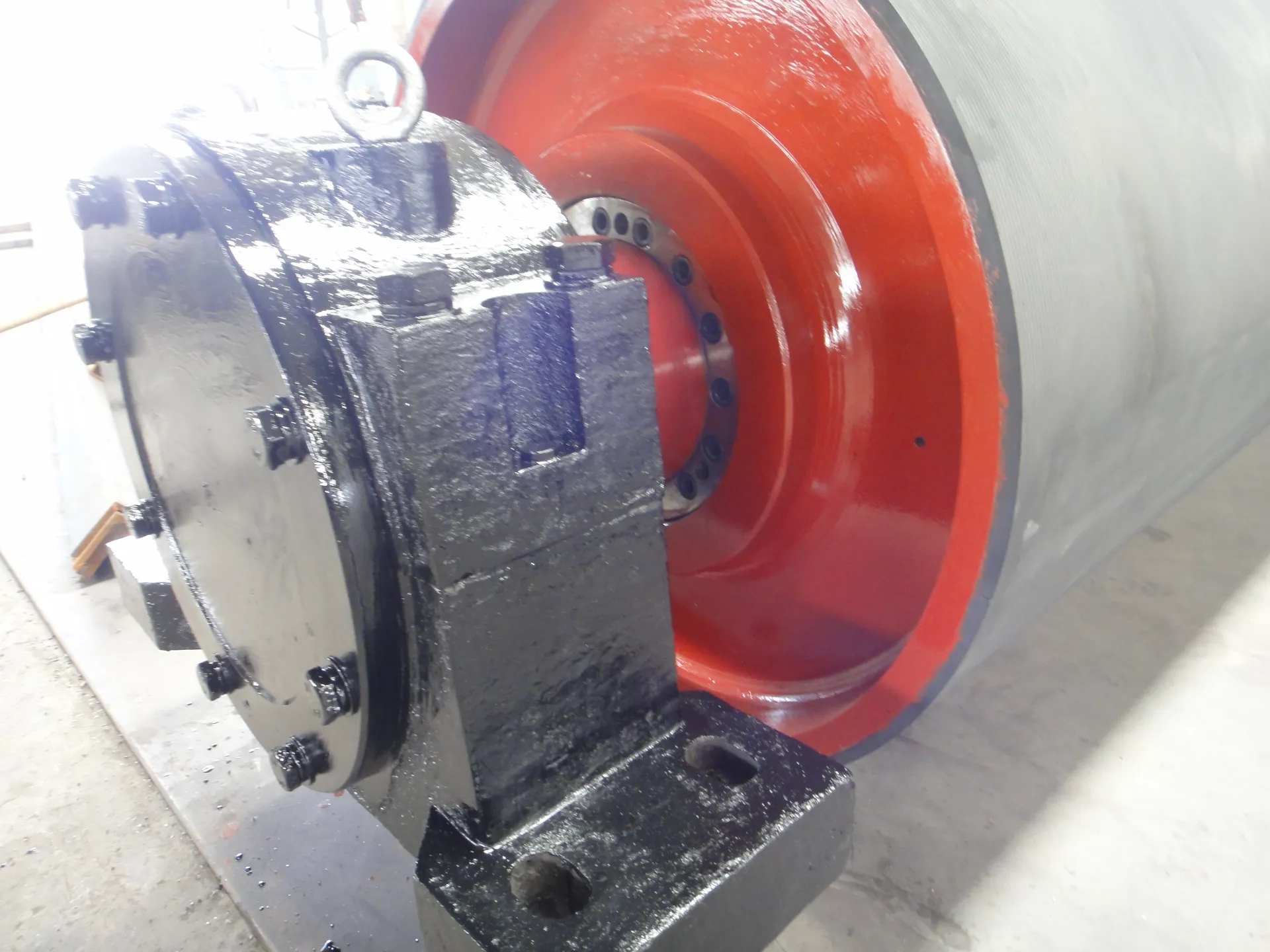 Afrikaans
Afrikaans  Albanian
Albanian  Amharic
Amharic  Arabic
Arabic  Armenian
Armenian  Azerbaijani
Azerbaijani  Basque
Basque  Belarusian
Belarusian  Bengali
Bengali  Bosnian
Bosnian  Bulgarian
Bulgarian  Catalan
Catalan  Cebuano
Cebuano  Corsican
Corsican  Croatian
Croatian  Czech
Czech  Danish
Danish  Dutch
Dutch  English
English  Esperanto
Esperanto  Estonian
Estonian  Finnish
Finnish  French
French  Frisian
Frisian  Galician
Galician  Georgian
Georgian  German
German  Greek
Greek  Gujarati
Gujarati  Haitian Creole
Haitian Creole  hausa
hausa  hawaiian
hawaiian  Hebrew
Hebrew  Hindi
Hindi  Miao
Miao  Hungarian
Hungarian  Icelandic
Icelandic  igbo
igbo  Indonesian
Indonesian  irish
irish  Italian
Italian  Japanese
Japanese  Javanese
Javanese  Kannada
Kannada  kazakh
kazakh  Khmer
Khmer  Rwandese
Rwandese  Korean
Korean  Kurdish
Kurdish  Kyrgyz
Kyrgyz  Lao
Lao  Latin
Latin  Latvian
Latvian  Lithuanian
Lithuanian  Luxembourgish
Luxembourgish  Macedonian
Macedonian  Malgashi
Malgashi  Malay
Malay  Malayalam
Malayalam  Maltese
Maltese  Maori
Maori  Marathi
Marathi  Mongolian
Mongolian  Myanmar
Myanmar  Nepali
Nepali  Norwegian
Norwegian  Norwegian
Norwegian  Occitan
Occitan  Pashto
Pashto  Persian
Persian  Polish
Polish  Portuguese
Portuguese  Punjabi
Punjabi  Romanian
Romanian  Russian
Russian  Samoan
Samoan  Scottish Gaelic
Scottish Gaelic  Serbian
Serbian  Sesotho
Sesotho  Shona
Shona  Sindhi
Sindhi  Sinhala
Sinhala  Slovak
Slovak  Slovenian
Slovenian  Somali
Somali  Spanish
Spanish  Sundanese
Sundanese  Swahili
Swahili  Swedish
Swedish  Tagalog
Tagalog  Tajik
Tajik  Tamil
Tamil  Tatar
Tatar  Telugu
Telugu  Thai
Thai  Turkish
Turkish  Turkmen
Turkmen  Ukrainian
Ukrainian  Urdu
Urdu  Uighur
Uighur  Uzbek
Uzbek  Vietnamese
Vietnamese  Welsh
Welsh  Bantu
Bantu  Yiddish
Yiddish  Yoruba
Yoruba  Zulu
Zulu Understanding Drive and Driven Pulleys in Mechanical Systems for Optimal Performance
Understanding Drive and Driven Pulleys A Key Component of Mechanical Systems
Pulleys are vital components in mechanical systems, widely used across various industries to transmit power and motion efficiently. Among the different types of pulleys, drive pulleys and driven pulleys play crucial roles in the functioning of belt-driven systems. This article delves into the mechanics, applications, and advantages of these two types of pulleys, illustrating their importance in modern engineering.
The Mechanics of Pulleys
At a basic level, a pulley consists of a wheel on an axle or shaft that is designed to support movement and change the direction of force. In a drive system, the drive pulley is connected to a power source, typically an electric motor or internal combustion engine. This pulley receives the mechanical input and initiates motion by rotating around its axis. The wheel of the drive pulley is usually mounted on the motor’s shaft.
The driven pulley, on the other hand, is connected to the output system that requires the motion generated by the drive pulley. The driven pulley is typically larger than the drive pulley, allowing for increased torque output. The interaction between these two pulleys occurs through a belt, which can be open-ended, or closed, depending on the design of the system. The belt wraps around both pulleys, transferring the rotational motion and power from the drive pulley to the driven pulley.
Applications of Drive and Driven Pulleys
Drive and driven pulleys are ubiquitous in various applications. One common use is in automotive engines, where the drive pulley is connected to the crankshaft. The driven pulleys, which may command additional accessories like alternators, water pumps, and air conditioning compressors, then utilize the power generated by the engine.
In industrial machinery, drive and driven pulleys are employed in conveyor systems, where they are pivotal in moving goods. The drive pulley can be powered by a motor, while the driven pulley system moves the belt and the loaded items. Additionally, these pulleys are used in elevators, cranes, and various production line tools, ensuring efficient material handling and machine operation.
Advantages of Using Drive and Driven Pulleys
drive pulley and driven pulley

Utilizing drive and driven pulleys brings several advantages to mechanical systems. One significant benefit is efficiency. Pulleys facilitate the transfer of power with minimal energy loss. This efficiency is crucial in settings such as manufacturing, where maximizing productivity is essential.
Moreover, pulleys help in simplifying the design of mechanical systems. They allow for the creation of complex movements while maintaining ease of use. Engineers can design systems that can overcome size constraints and weight limitations, especially when dealing with heavy machinery.
Another advantage is their ability to change the direction of force. By using a combination of multiple drive and driven pulleys, engineers can design systems that redirect forces in various configurations, enabling applications suited for specific requirements. This versatility is invaluable across different industries.
Maintenance and Considerations
While drive and driven pulleys have numerous benefits, maintaining them is essential for optimal performance. Regular inspection of belts for wear and tear, as well as ensuring proper tension, can prevent system failures. Misalignment between the drive and driven pulleys can lead to inefficient power transfer and premature wear, so proper alignment during installation and maintenance is critical.
The choice of materials for the pulleys and belts also plays a significant role in determining the durability and performance of the system. High-quality materials can withstand environmental factors such as temperature fluctuations, humidity, and contaminants, ensuring longevity and reliability.
Conclusion
In conclusion, drive and driven pulleys are fundamental components of various mechanical systems, impacting the efficiency and functionality of multiple applications. Their design allows for effective power transmission, directional change, and flexibility in engineering solutions. By understanding the mechanics and applications surrounding these pulleys, engineers and technicians can better harness their capabilities, leading to improved performance in industrial and automotive systems alike. As technology evolves, the role of pulleys will continue to grow, underscoring their importance in advancing engineering practices.
-
Revolutionizing Conveyor Reliability with Advanced Rubber Lagging PulleysNewsJul.22,2025
-
Powering Precision and Durability with Expert Manufacturers of Conveyor ComponentsNewsJul.22,2025
-
Optimizing Conveyor Systems with Advanced Conveyor AccessoriesNewsJul.22,2025
-
Maximize Conveyor Efficiency with Quality Conveyor Idler PulleysNewsJul.22,2025
-
Future-Proof Your Conveyor System with High-Performance Polyurethane RollerNewsJul.22,2025
-
Driving Efficiency Forward with Quality Idlers and RollersNewsJul.22,2025





























